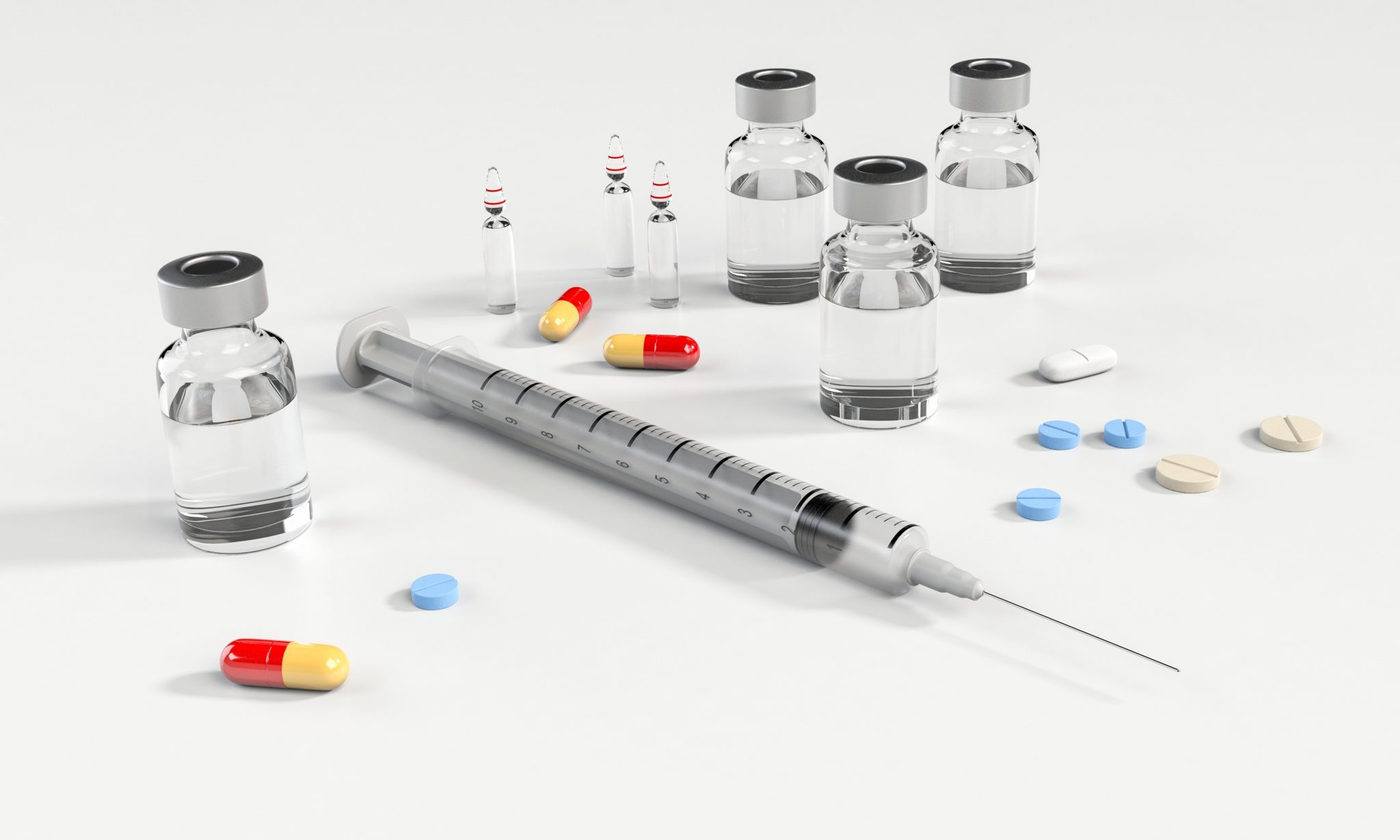Changing climate – diversifying diseases
NewsPosted by: Dental Design 18th April 2019

Ensuring your sterilization procedures are as effective as possible will assist in alleviating emerging health threats within a practice setting.
While some of the effects of climate change are readily apparent, the number of systems affected by even relatively minor climatic shifts are bewildering. It should not come as much of a surprise then that the changing climate is, and will, influence many things that can potentially threaten human health.
Britain’s seasons are becoming more extreme – warmer summers and colder winters are expected to exacerbate many existing health risks and bring new challenges. One probable threat is the potential for Legionnaires’ disease to flourish within water reservoirs. Existing infrastructure (notably evaporative cooling systems) is known to be a risk for propagating Legionella, and health and safety regulations outline steps to combat it. However, not only will rising temperatures accelerate the growth of the bacteria, additional cooling and recycling systems are anticipated to be built in response to the changing climate.
The Asian tiger mosquito has in recent years become established in Europe. It can notably transmit Zika virus, Dengue, chikungunya and more than 20 other viruses. Already present in France, it is predicted that the changing climate will enable the species to colonise the southern regions of the UK in the near future, due to increasing warmth and humidity. Eggs and larvae have already been found and destroyed in Kent on separate incidents in 2016 and 2017.
Once spread by mosquitoes, some of these viral threats can also be transmitted from person to person. Zika, for example, can be spread sexually and through breast-feeding. Worryingly, Zika can survive on hard, non-porous surfaces for hours, making it a potential threat within a dental environment.
Even more mundane threats, like salmonella poisoning, may be exacerbated by the shifting climate. Salmonella has been found to multiply in direct proportion with increasing temperature, within the range of 7.5-37°C, so greater ambient warmth is projected to see rising rates of food poisoning. The human response to hotter weather is also expected to make this worse, with people predicted to eat more raw foods, which can be riskier due to cross-contamination.
In many areas where we still have a far from complete view of how climate change will effect infectious diseases, it is entirely possible that unexpected threats could arise. What is certain is that robust decontamination and sterilization procedures will help keep people safe from existing and emerging threats.
The Lisa sterilizer from W&H is an efficient and easy-to-use Type B vacuum sterilizer featuring integrated traceability. As preventing cross-contamination is vitally important to patient safety, Lisa will help ensure your instruments are sterilized with minimal effort.
In the face of greater virulence and more diverse threats, there’s never been a better time to ensure that your sterilization procedures are as effective as possible. By observing best practice and using high quality dental equipment, you can ensure patients and dental staff are protected from the threat of harmful pathogens.
To find out more visit the website at www.wh.com/en_uk, call 01727 874990 or email office.uk@wh.com
About the author
Kate Scheer is Marketing Executive for W&H (UK) Ltd.










